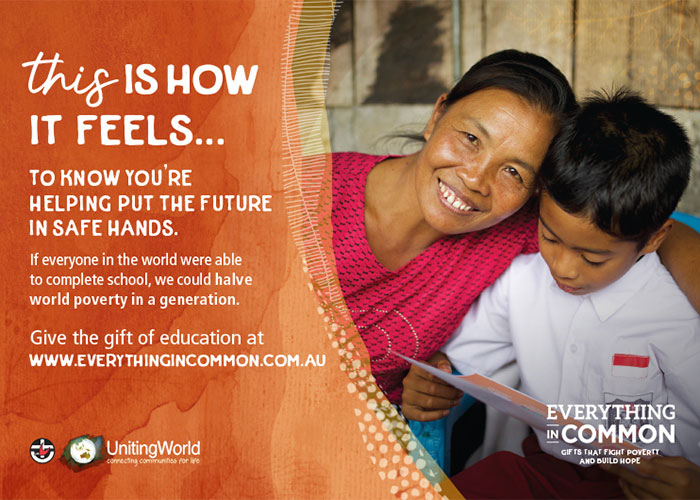This remarkable book deserved the honour awarded to it when it won the 2016 NSW Premier’s Literary Award. Basing its argument on impeccable sources, the writings of distinguished early Australian explorers, it gives a picture of the Aboriginal culture these men encountered that is very different from the one that most of us have come to accept – that of the primitive hunter gatherer.
Like Bill Gammage’s 2012 book, The Greatest Estate on Earth: How Aborigines Made Australia, it is a book that revolutionises our awareness of their cultures.
Bruce Pascoe is a Bunurong man born in the Melbourne suburb of Richmond. He is a member of the Wathaurong Aboriginal Co-operative of southern Victoria and has been the director of the Australian Studies Project for the Commonwealth Schools Commission. He has had a varied career as a teacher, farmer, fisherman, barman, fencing contractor, lecturer, Aboriginal language researcher, archaeological site worker and editor. He is the author of many books, including Fog a Dox, which won the Prime Minister’s Literary Award for Young Australian Fiction in 2013. The bibliography for Dark Emu is most impressive, and though scholarly, the book is very easy to read.
The most striking things that the explorers witnessed were systems of food production and land management; knowledge which a dispossessing nation, with its doctrine of terra nullius, suppressed. These explorers saw domesticated plants, sowing, harvesting, irrigation and, perhaps most telling, the grinding of seeds into flour and the preservation of both seed and flour in secure storage. They saw sophisticated systems of fish farming and harvesting.
Pascoe reminds his reader of the respect Aboriginal culture deserves by pointing again to the fact that Aboriginal rock art is the oldest in the world. He goes so far as to claim that Aboriginal people were the first people in the world to make bread, 15,000 years in advance of the Egyptians. He does not actually show how long ago the Aborigines made bread, but he does show that they were making it at the time the explorers encountered them.
As for their being hunter gatherers, Pascoe accepts that Aboriginal populations did move about a good deal following food supplies, but he points to evidence that shows their lives were a good deal more sedentary than has been recognised.
And beyond the fact that Aboriginal peoples had farmed and managed the land they loved, the testimony of the explorers also points to a sophisticated social organisation and to a democracy that worked to maintain peace across the continent.
When I was teaching at St Ignatius College, Riverview, I spoke to House Meetings about a 1994 document that the NSW Department of Community Services had contracted the then Gungil Jindibah Centre at Southern Cross University to produce: Learning from the Past. It was a chilling account of the cruelties inflicted on Aboriginal families and communities as “welfare” officers systematically took their children from them. It shocked the boys deeply to learn of this. I pointed out to a School Assembly that they were the first generation of non-Aboriginal Australians to know the truth – the Bringing Them Home report by Sir Ronald Wilson and Mick Dodson had not yet been published.
It was important for the boys to know that part of the Aboriginal story and to have felt the sympathy we ought to feel for a people so brutally wronged. But I wish I could also have given them Pascoe’s account of the achievements and the dignity of the cultures that pre-existed colonisation. To have made them aware of why we ought to respect the Aboriginal people and appreciate the cultures the explorers encountered, is something that I would have very much like do have done.
Another point: Pascoe frees us from one misconception – that the Aboriginal peoples were simply hunter-gatherers. We need also to tackle the more serious misconception – that the chaotic lives of today’s fringe dwellers is the true measure of what Aboriginal people are. It is colonisation that has damaged this fine people. We should not blame the victim.
No one to whom I have recommended this book has failed to be deeply affected by it.




